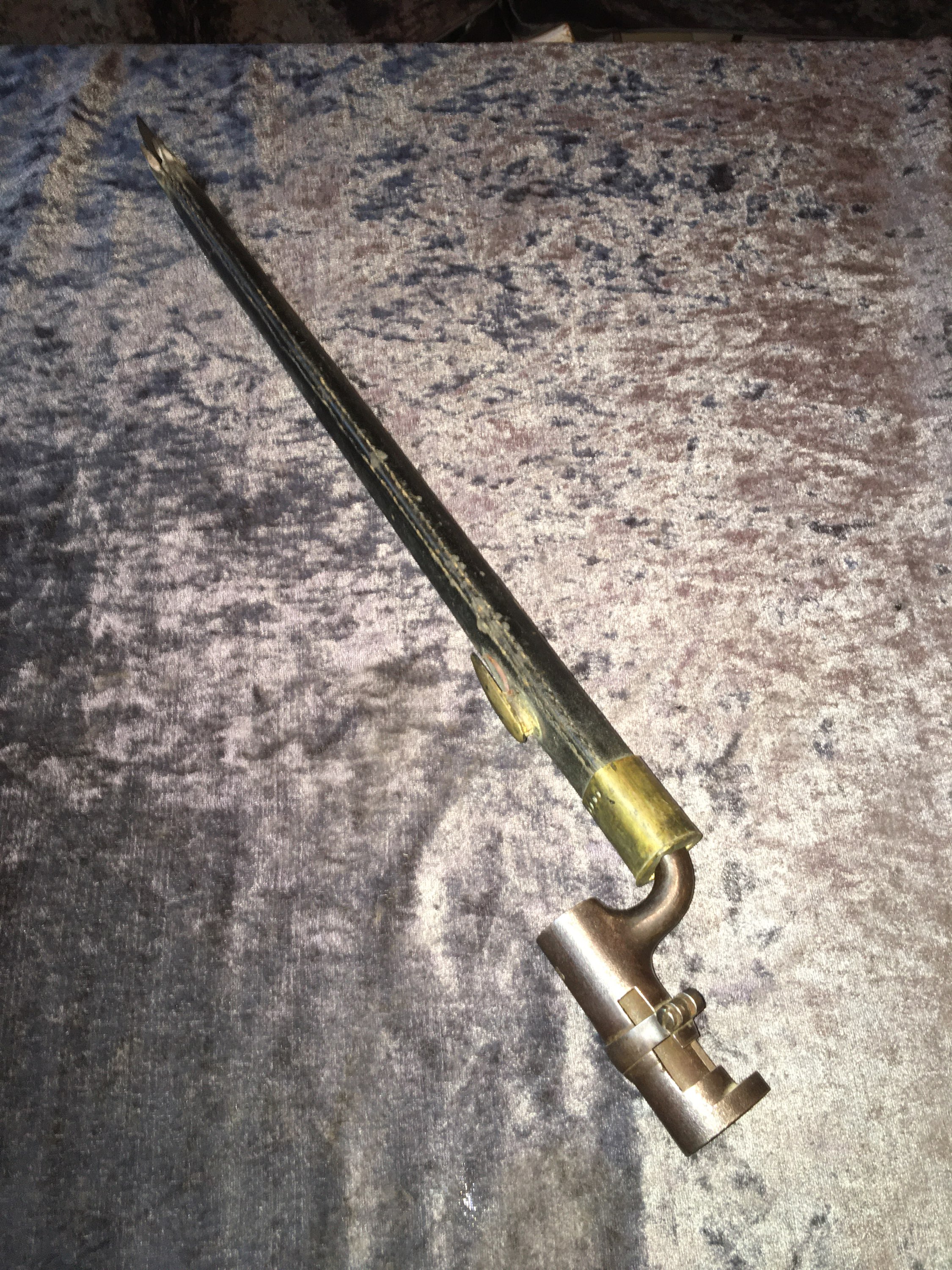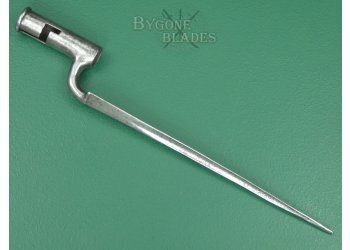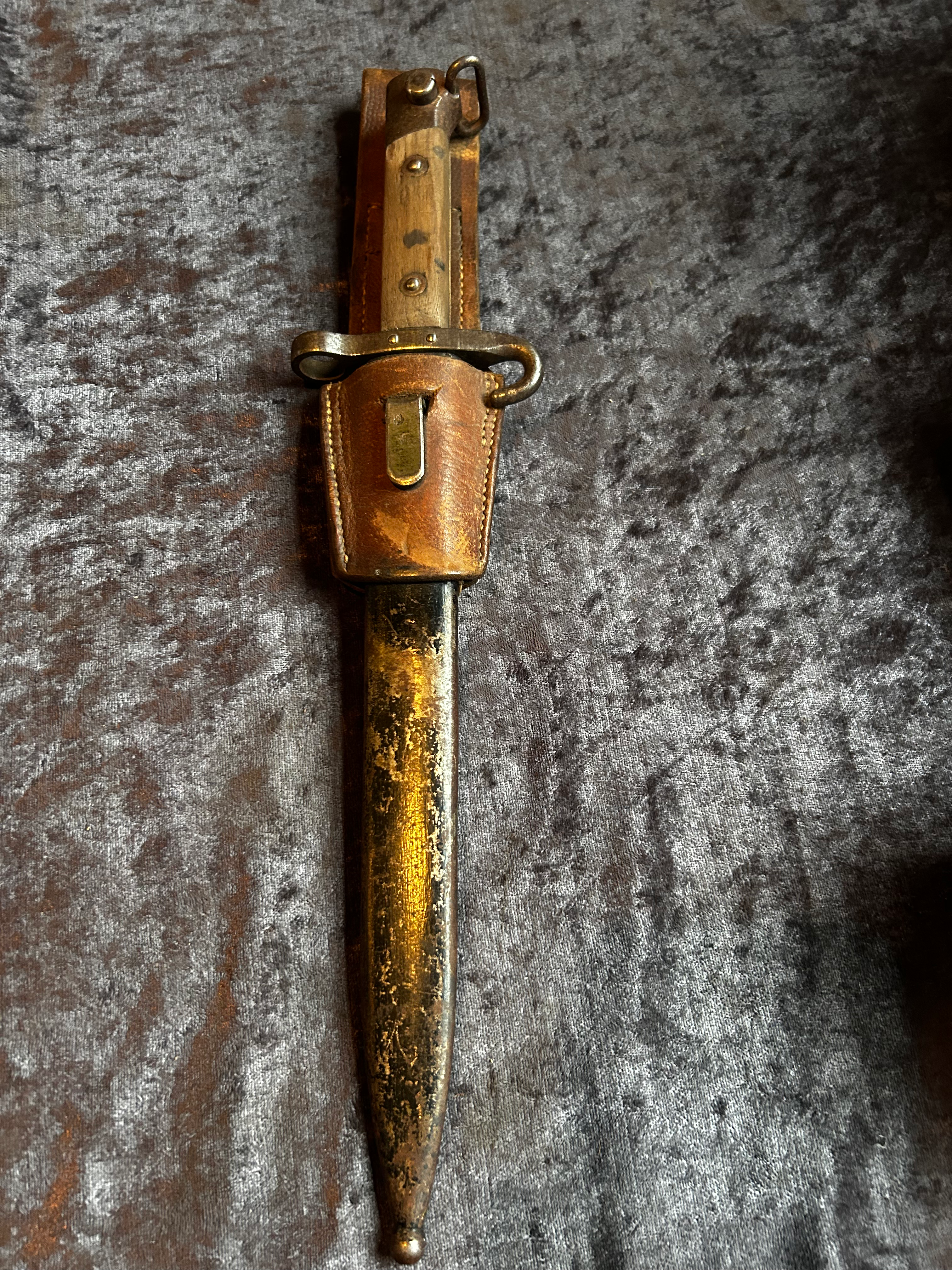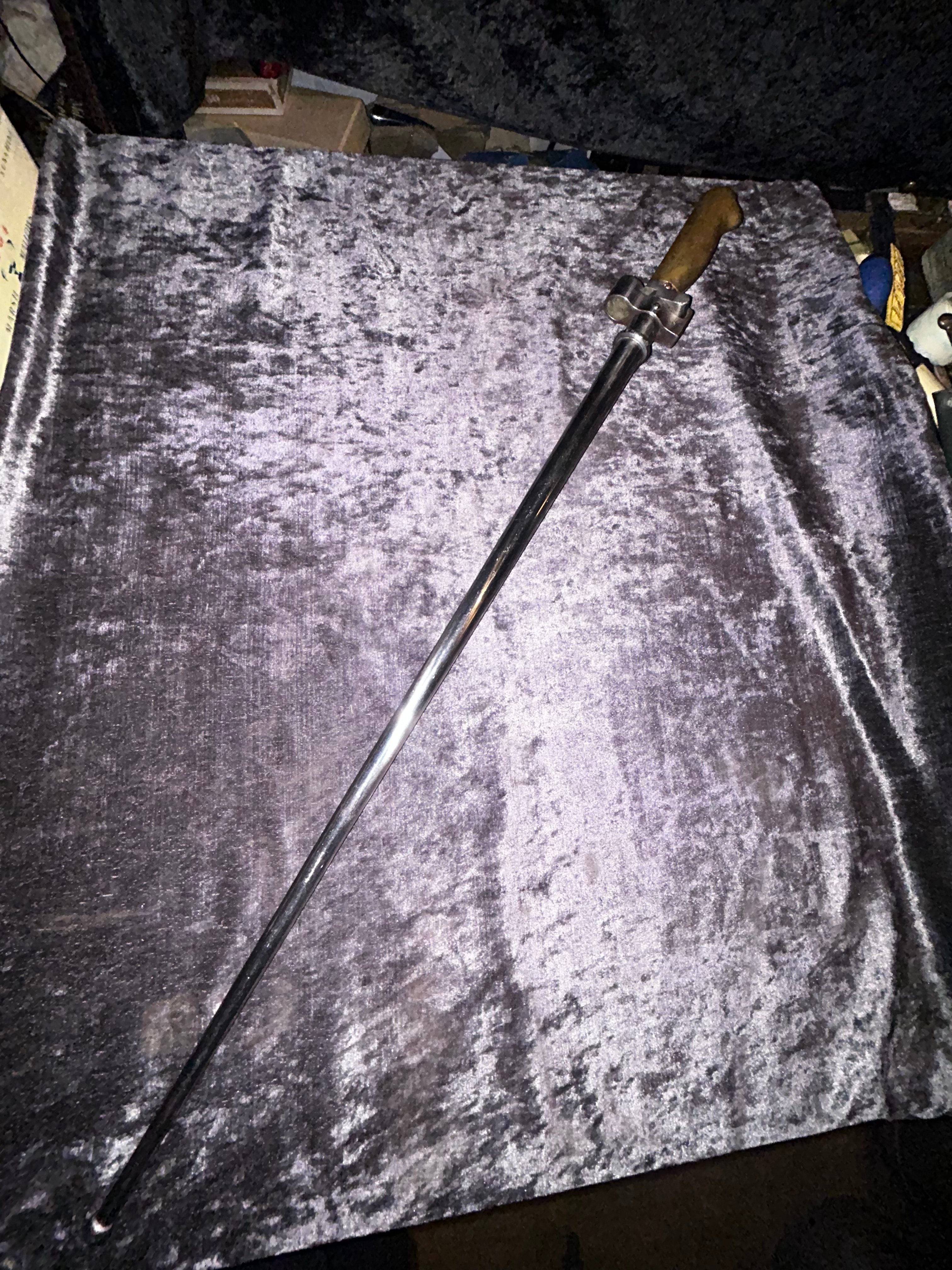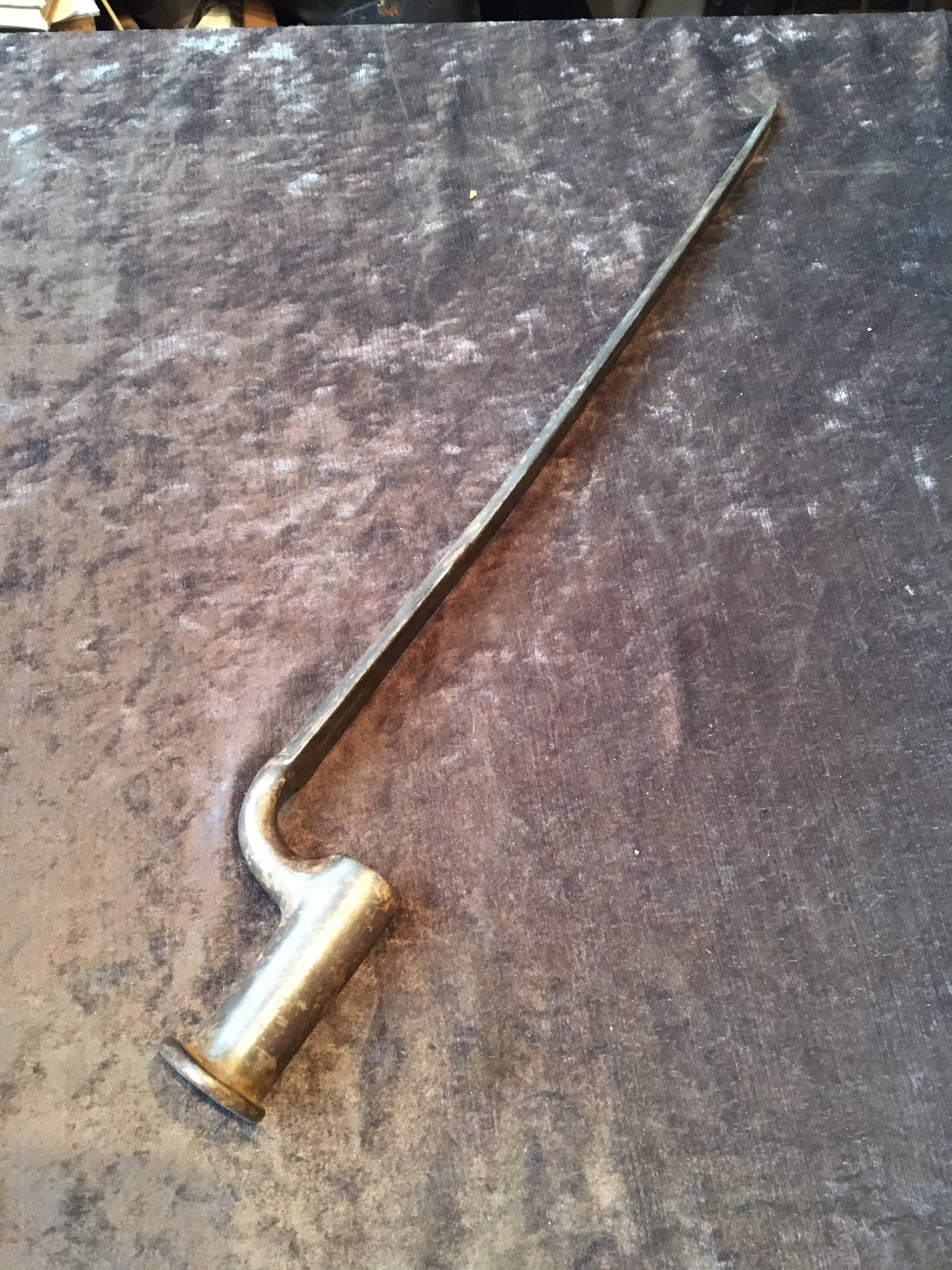For Sale
The following items are listed by for sale by users of the site and dealers. They are in no way endorsed or guaranteed by www.oldswords.com
Add a Classified ItemYou can also receive regular email notifcations when items match your keywords. To recieve them just register or logon at the top right of this page.
- Nation : Mexican
- Local Price : £110.00
- Nation : British
- Local Price : £110.00
- Nation : Siamese
- Local Price : £110.00
- Nation : Indian
- Local Price : £105.00
- Nation : -
- Local Price : £100.00
- Nation : -
- Local Price : £100.00
- Nation : French
- Local Price : £95.00
- Nation : British
- Local Price : £95.00
- Nation : American
- Local Price : £85.00
- Nation : African
- Local Price : £85.00
- Nation : Swedish
- Local Price : £85.00
- Nation : Swiss
- Local Price : £80.00
- Nation : Indian
- Local Price : £80.00





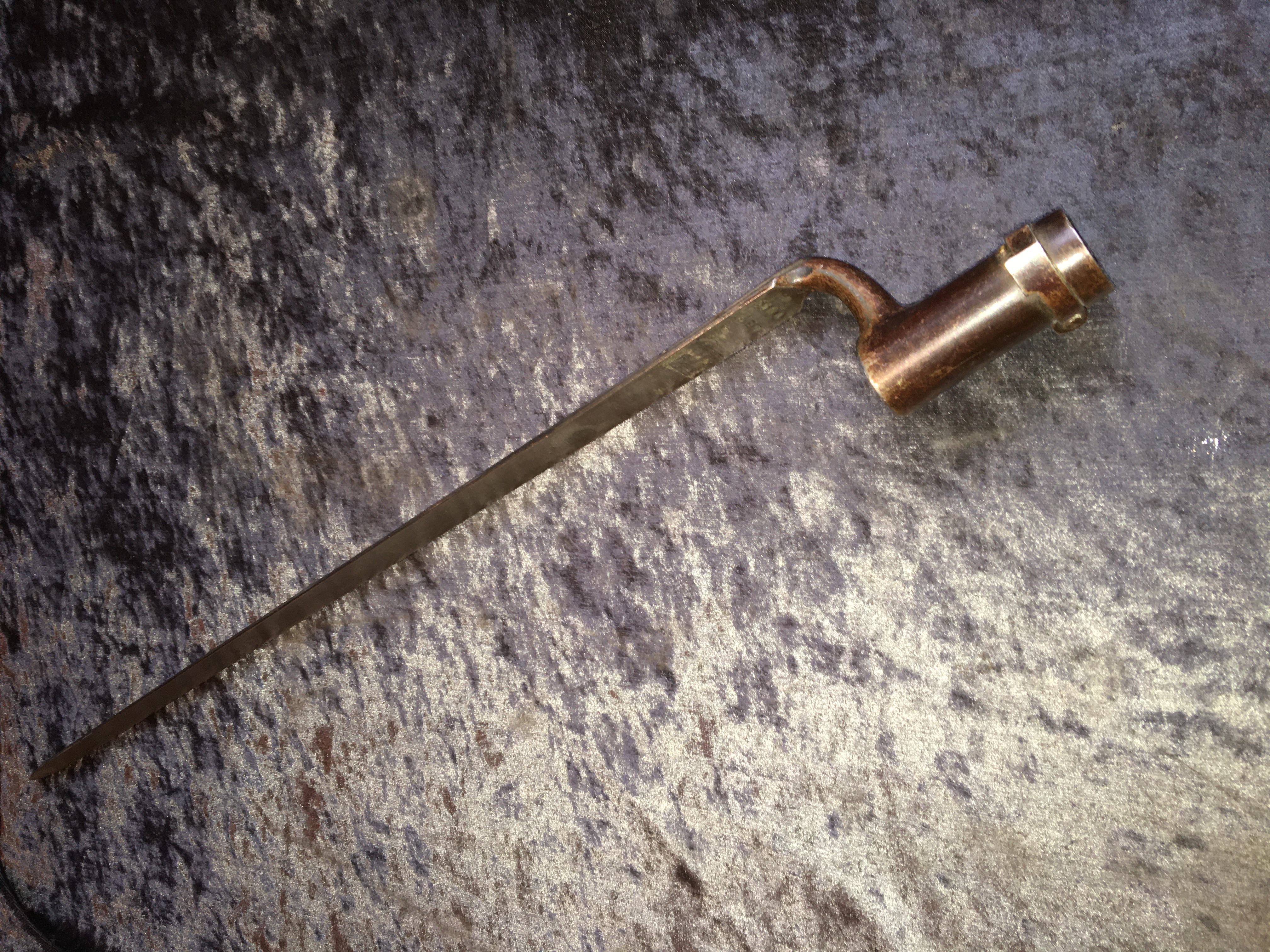
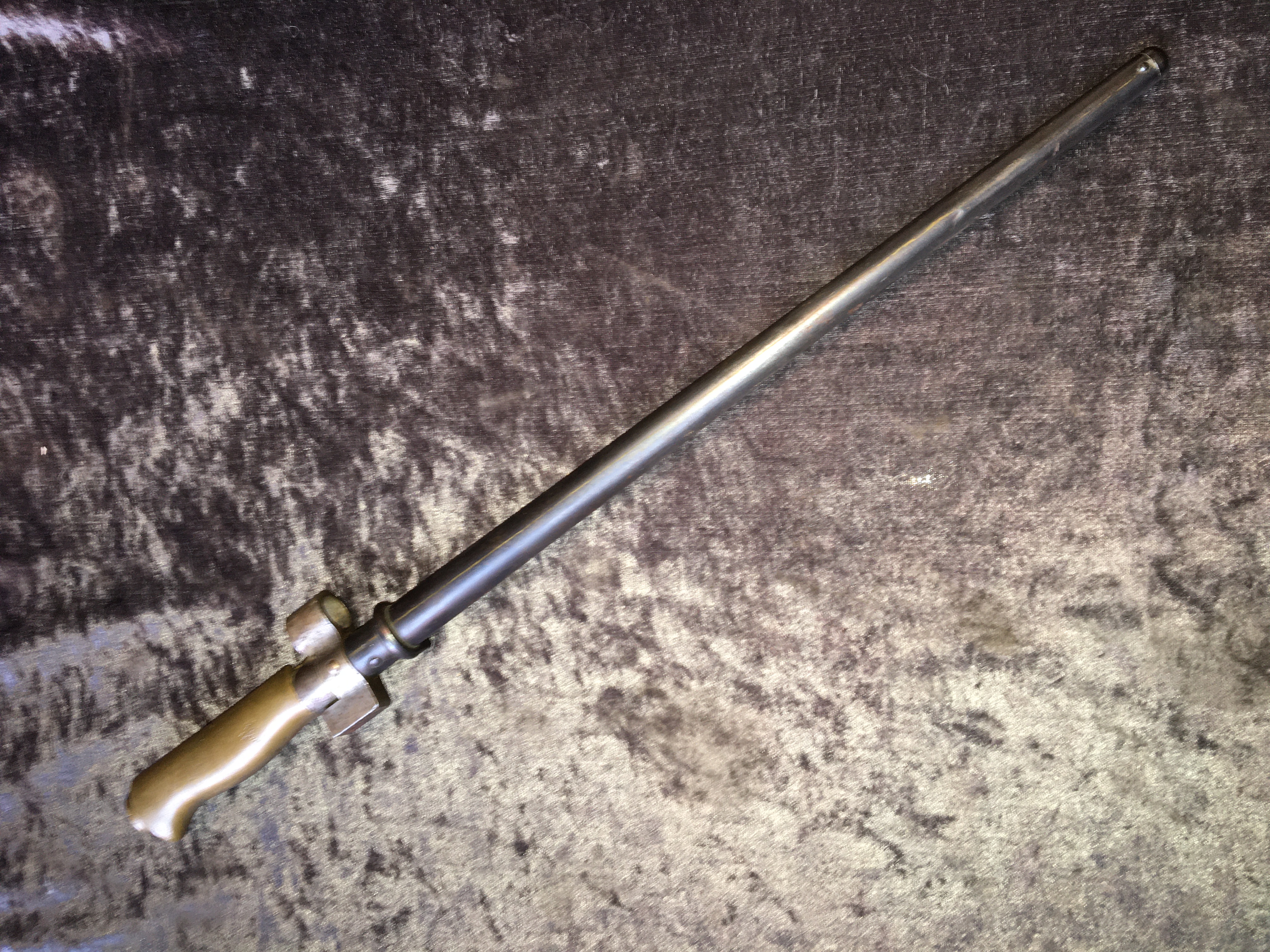
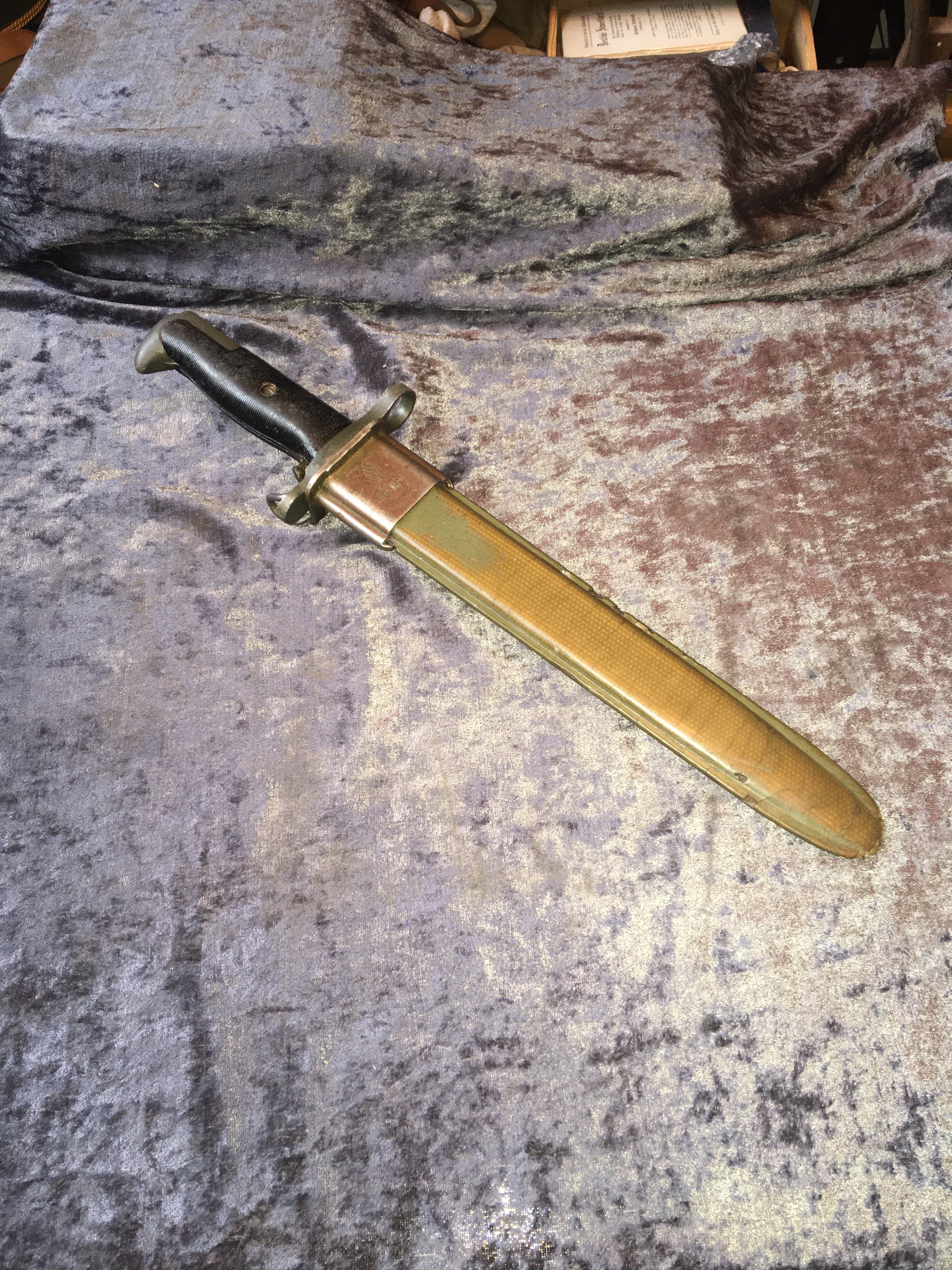
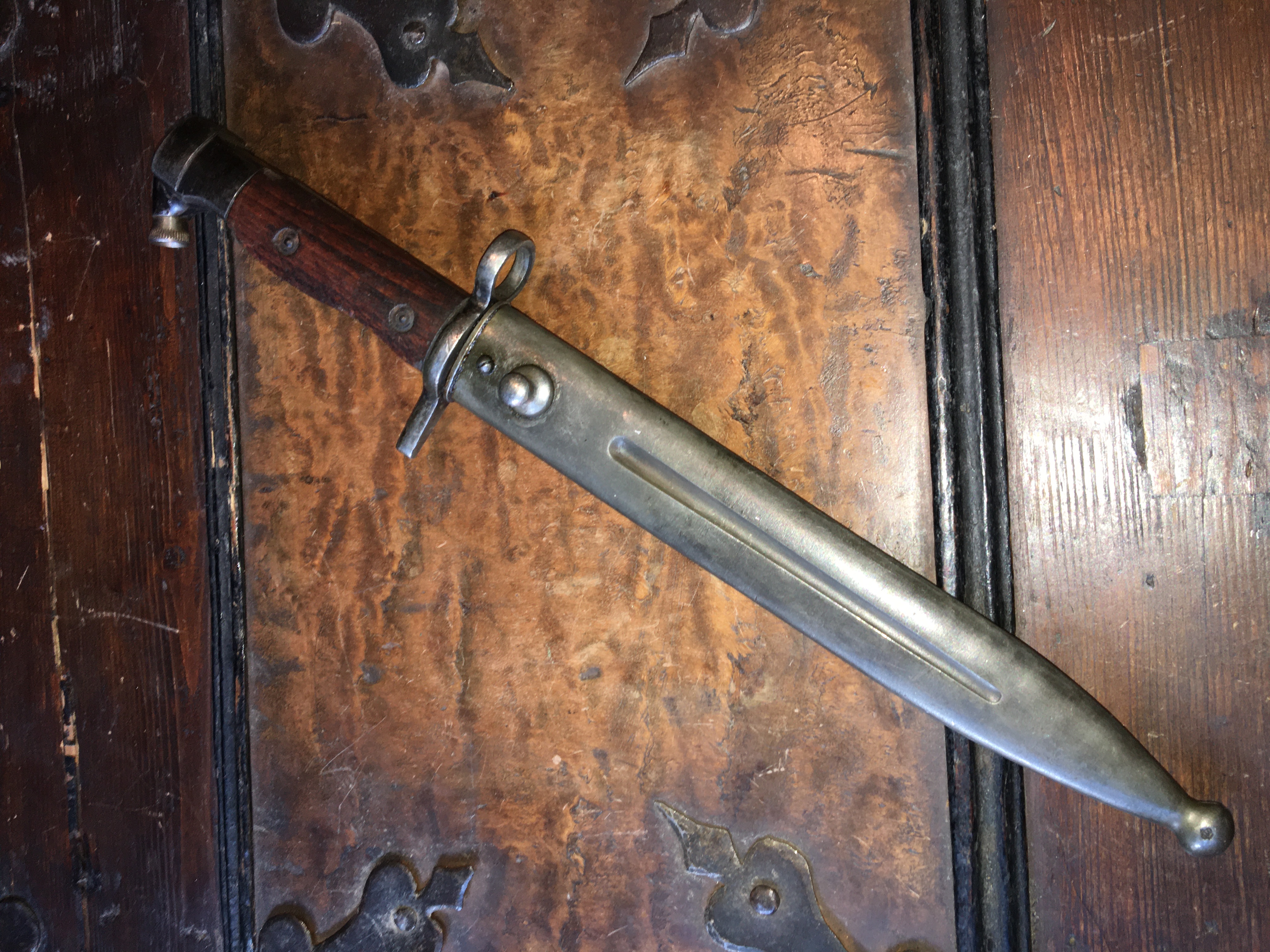
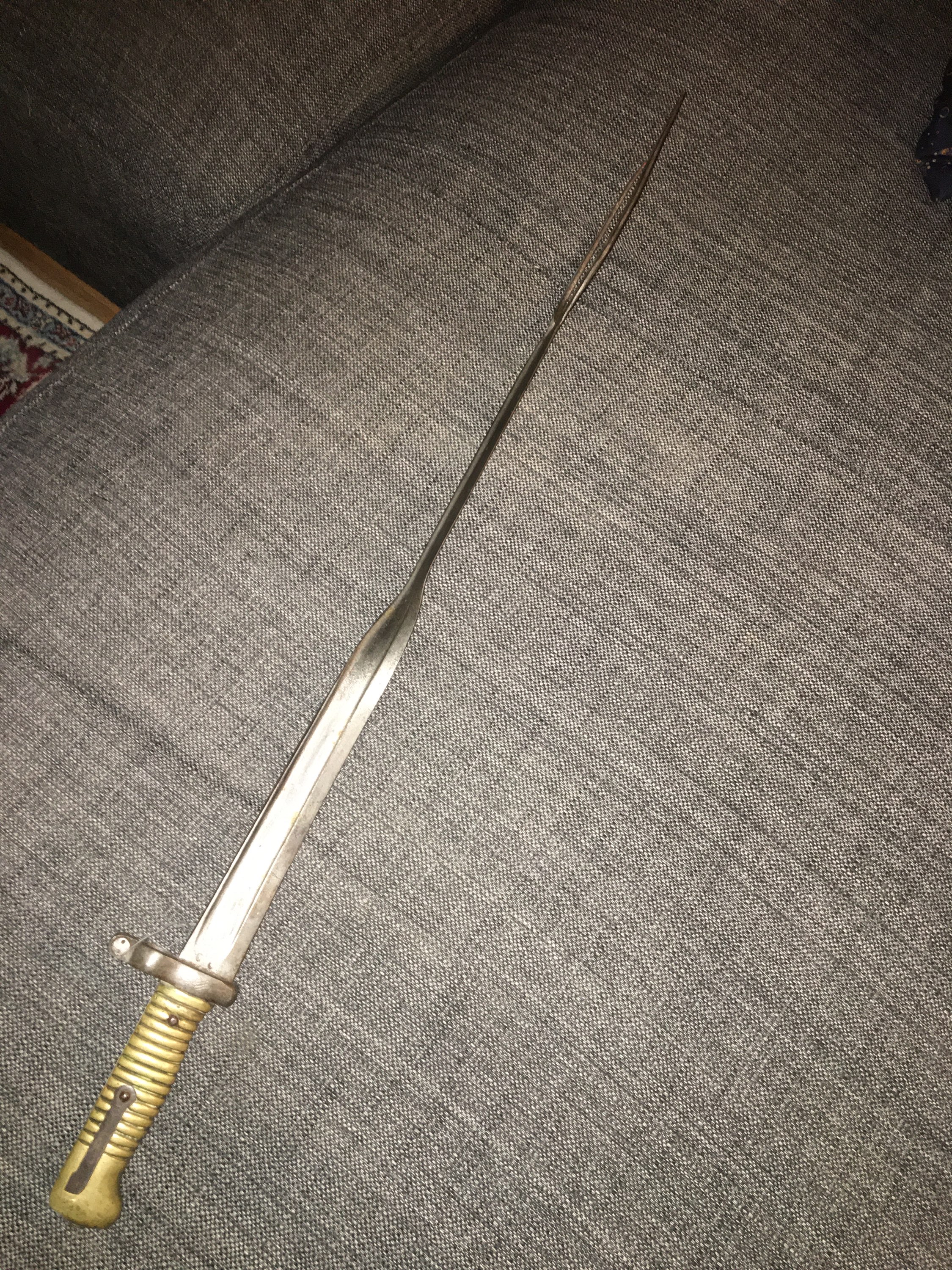


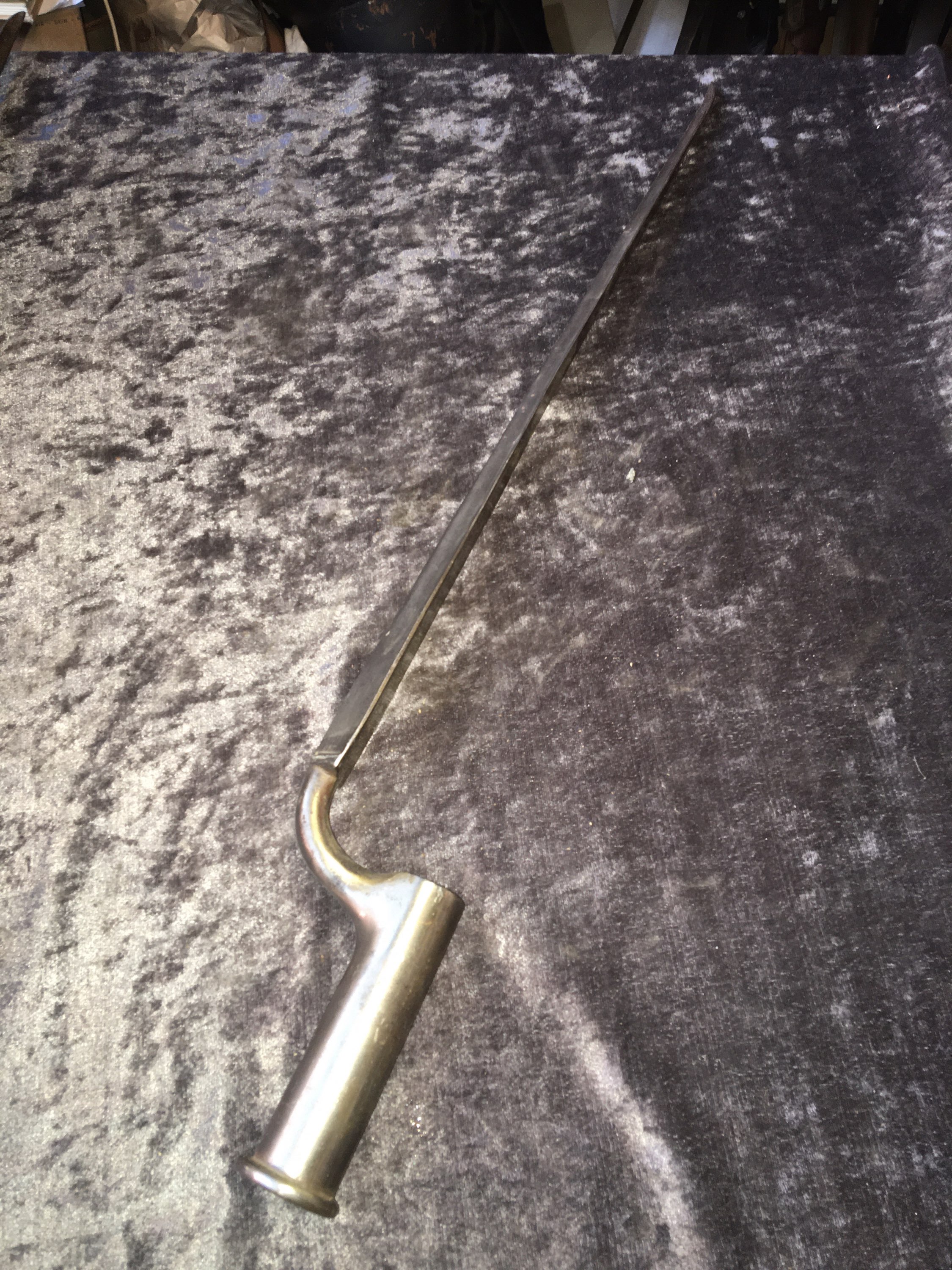
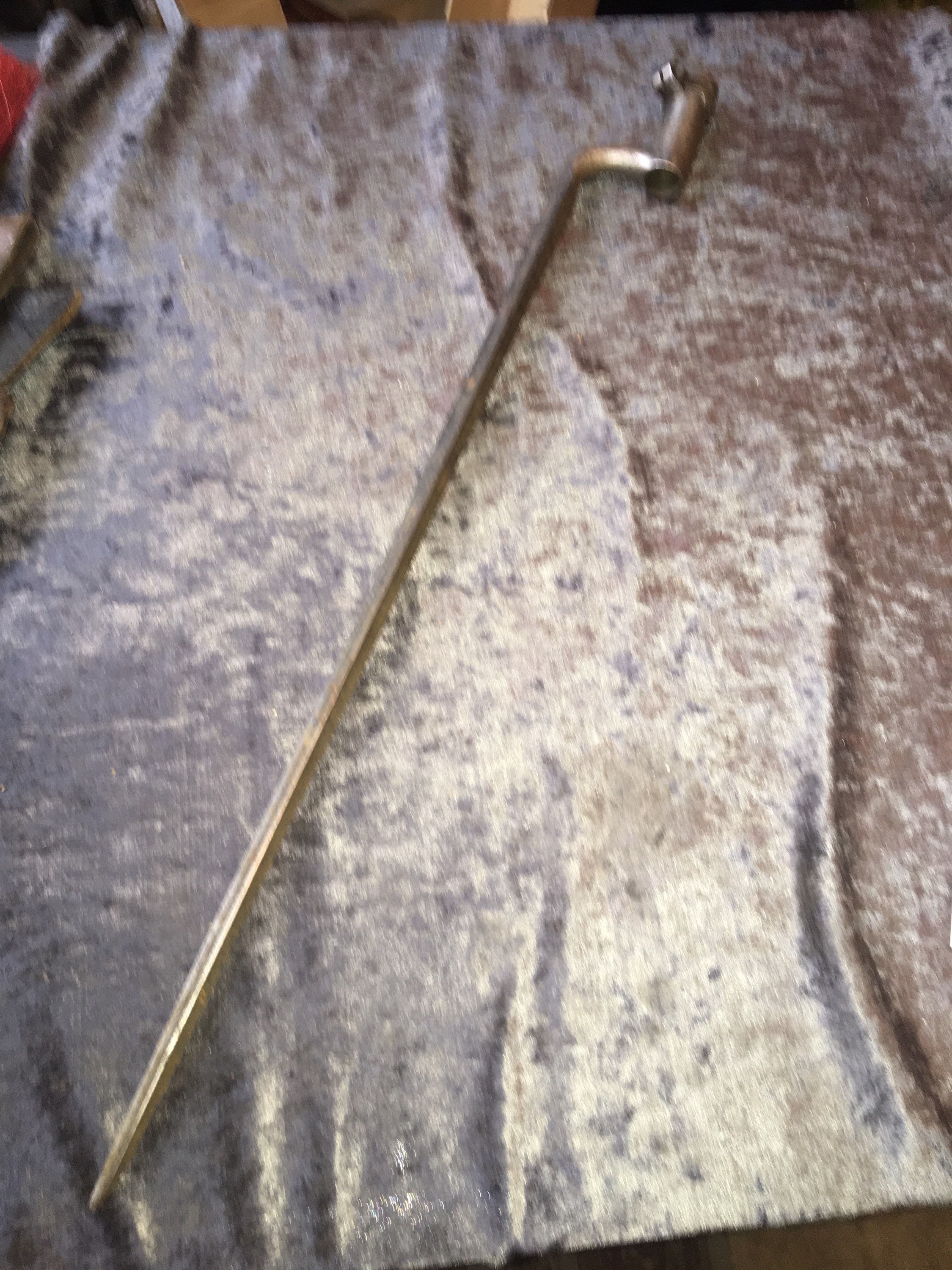


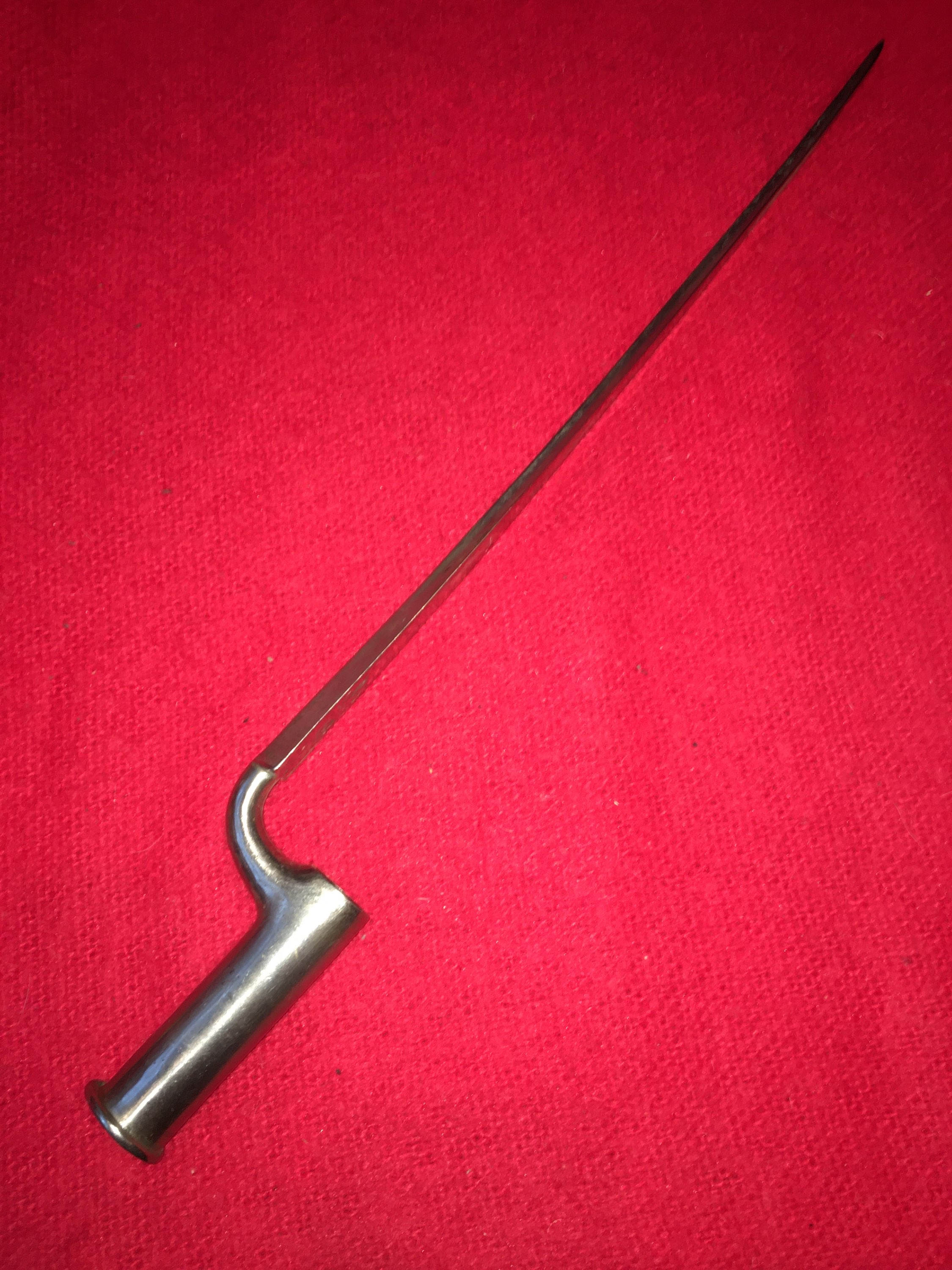
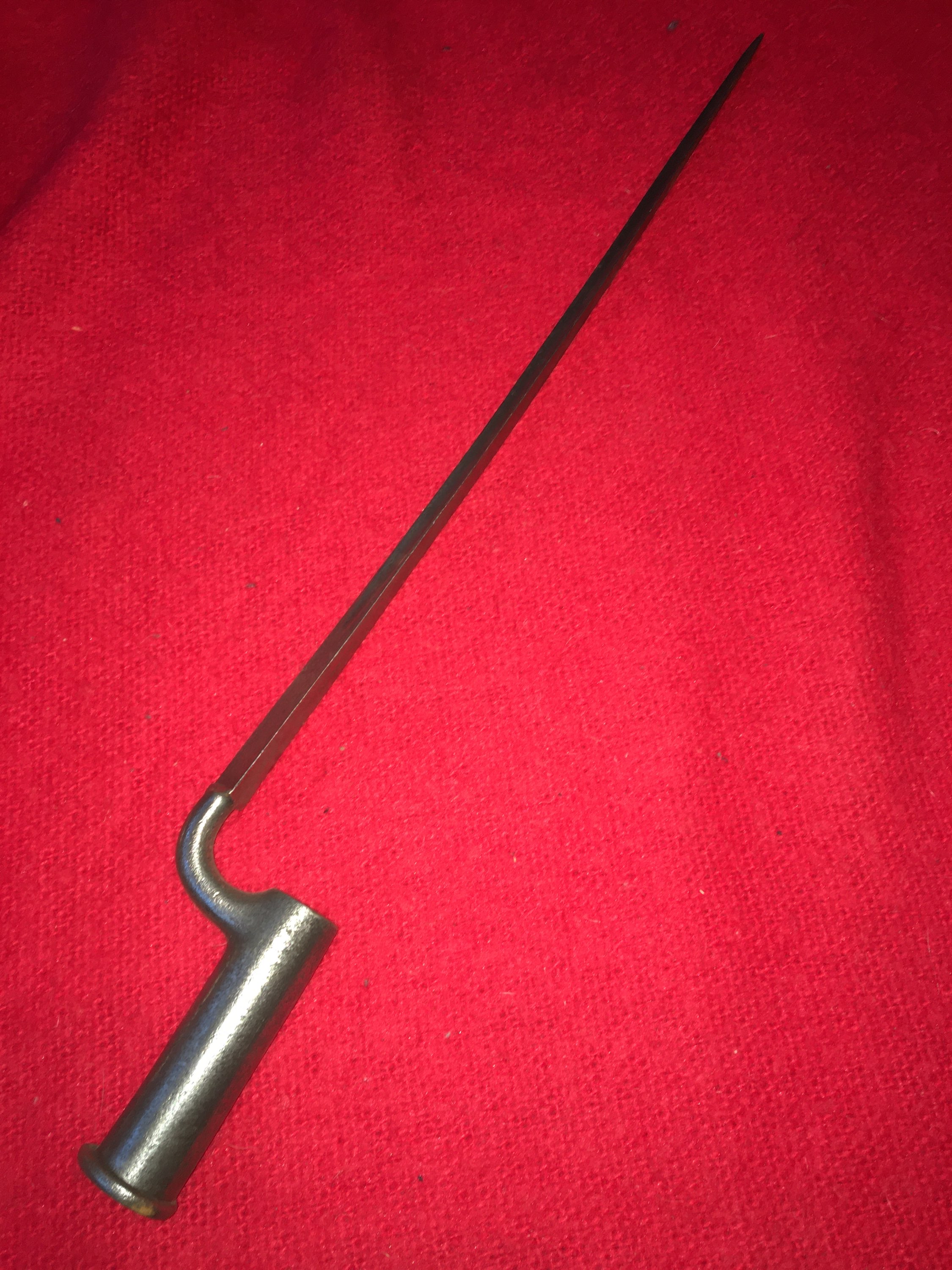
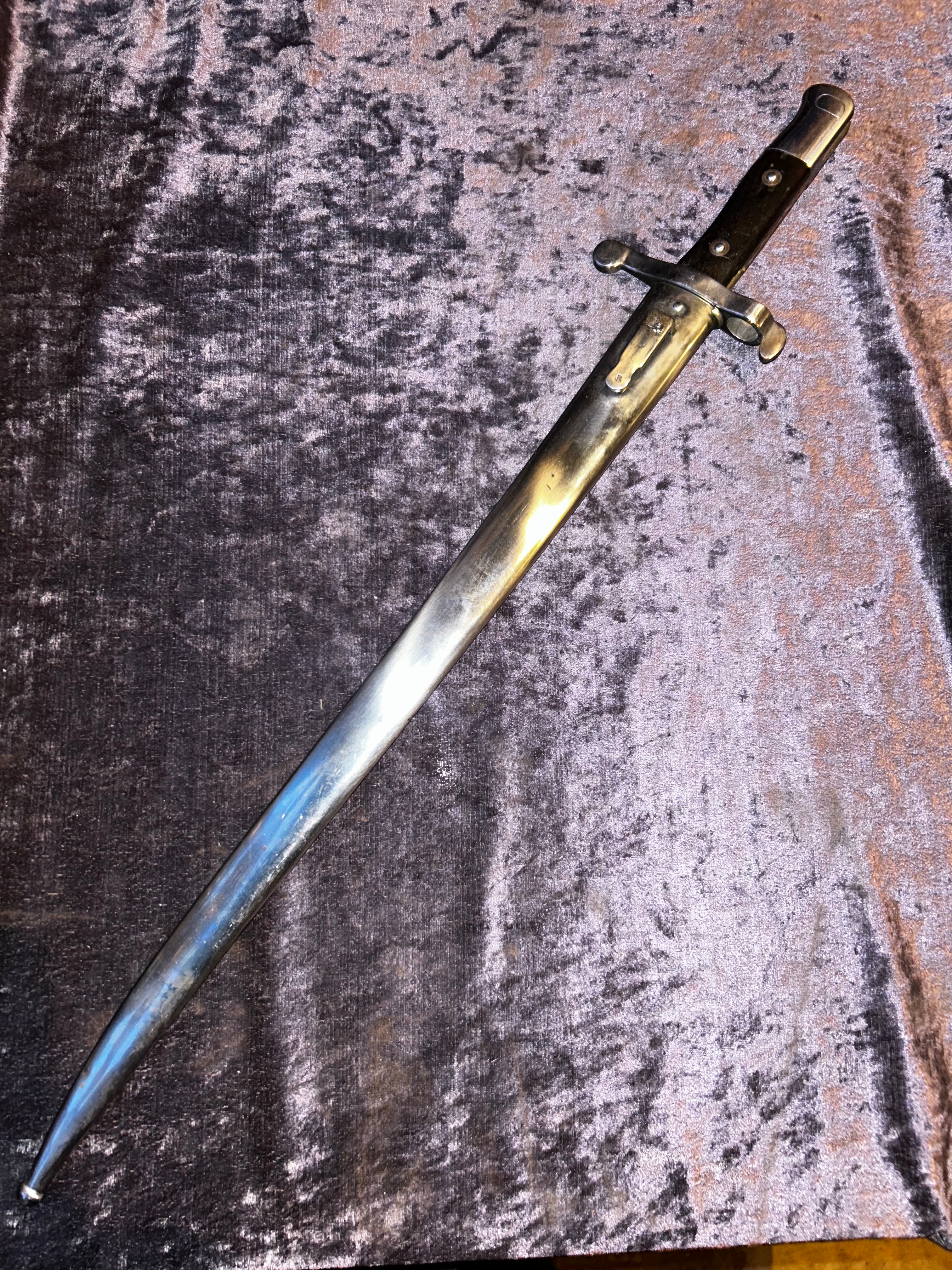
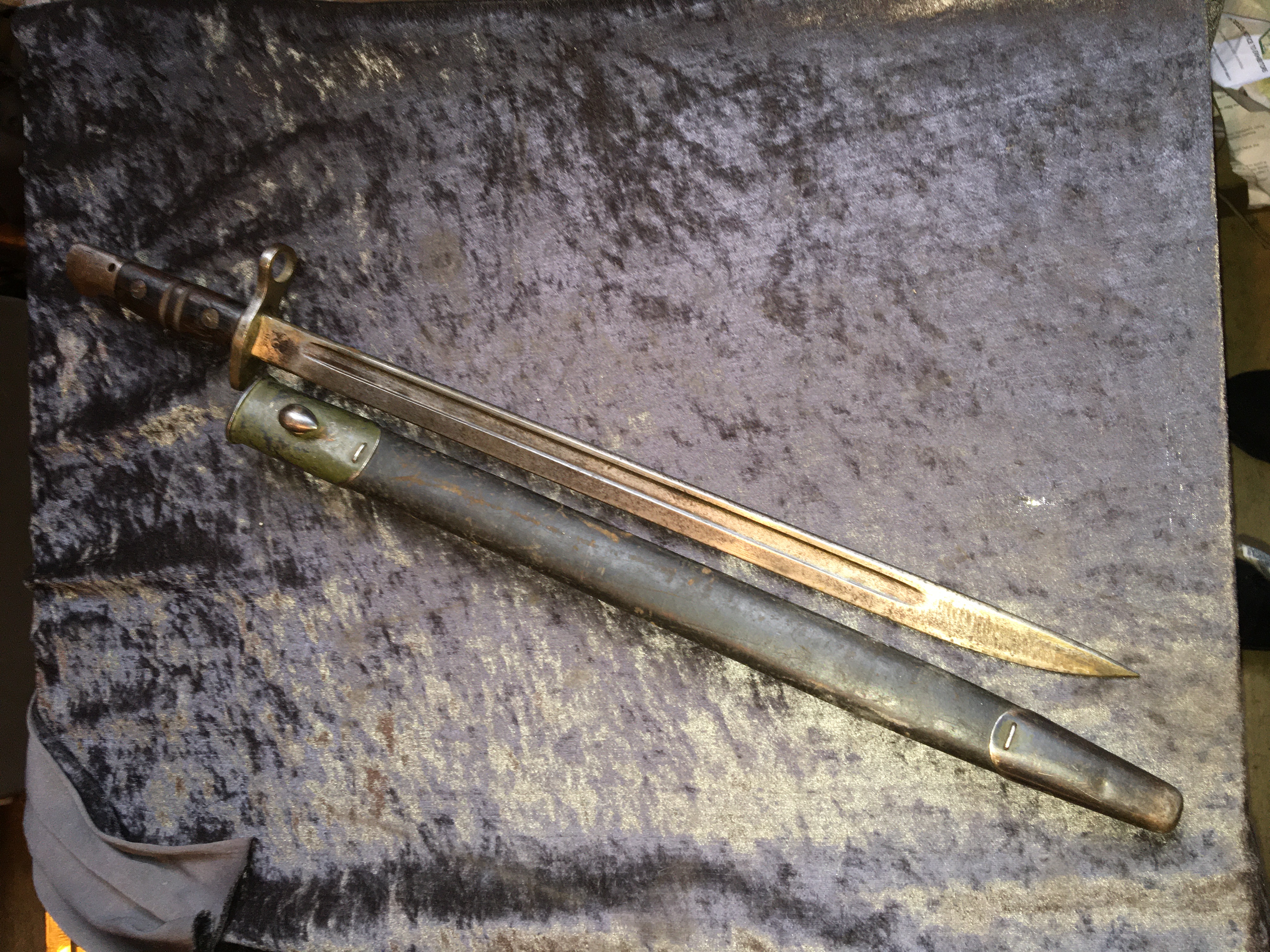
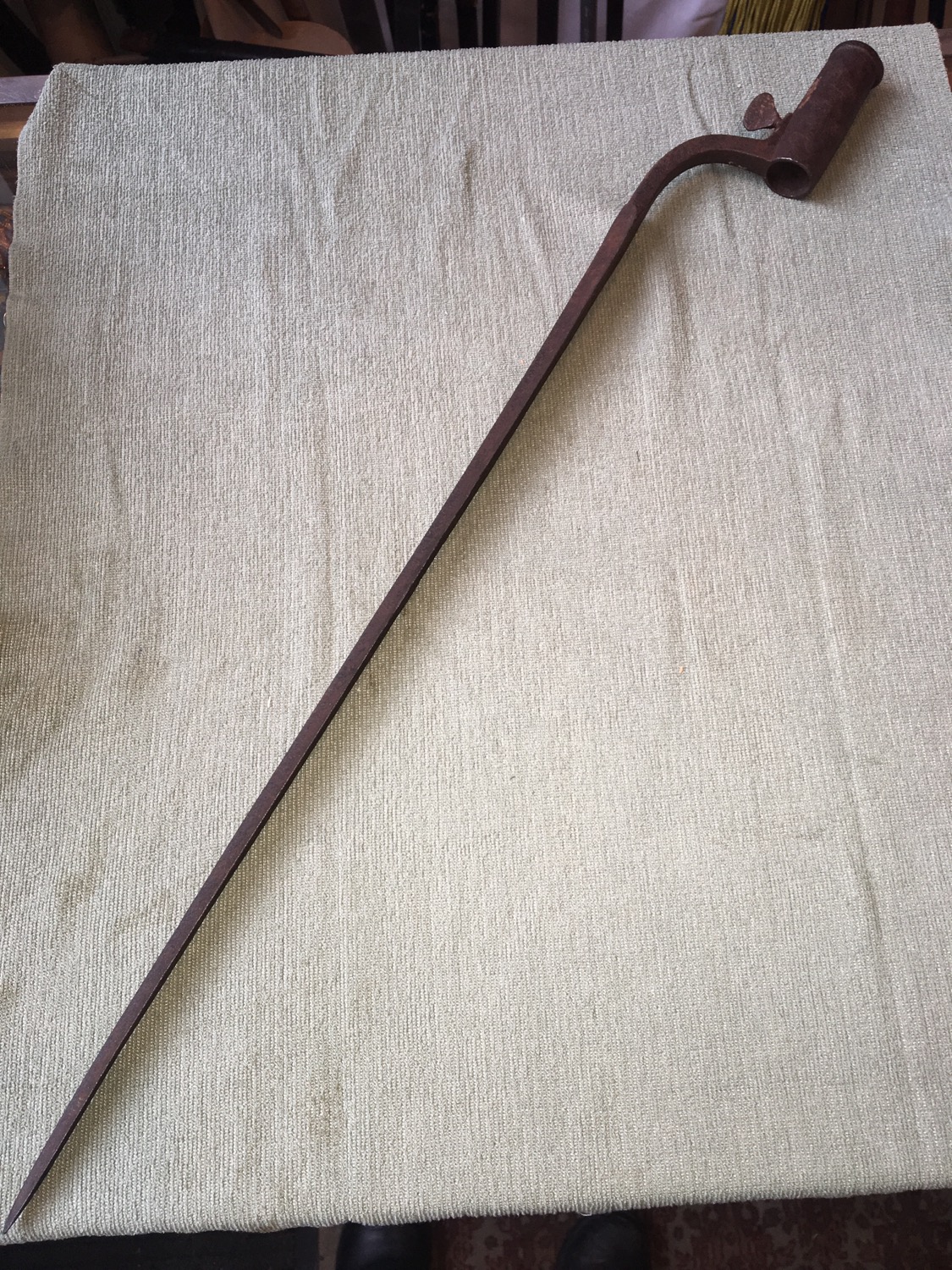

, Dated 1950 (Communist Period) 1.jpg)
